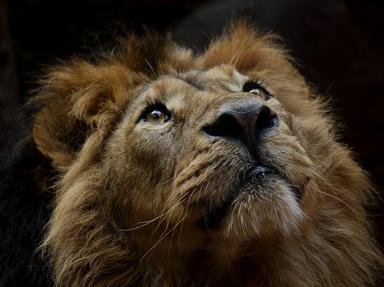Quiz Answer Key and Fun Facts
1. Easily recognized by his distinct facial mask, ringed tail and ability to adapt to nearly any environment, "procyon lotor" is more commonly known as what North American mammal?
2. Native to Mexico and the southeastern US, the ringtail differs from the common raccoon in what way?
3. Bearing little resemblance to his other relatives and often mistaken as a member of the monkey family, which of the raccoon's cousins is nicknamed "honey bear"?
4. The olingo is a native of Central and South American rain forests. Light brown in color, this solitary family member shares what physical characteristic with his more famous cousin?
5. A close relative, procyon cancrivorus is native to Costa Rica, Trinidad and Tobago, and a large part of South America. Because of his food of choice, he is best known by what name?
6. Sporting a facial mask and long, fluffy ringed tail, this relative is about the size of a house cat and is found in the southwestern US and the rain forests of Central and South America. Which procyonidae shares his nickname with the stage moniker of American musician Andy Hernandez?
7. In August, 2013, the announcement was made that a new species of mammal had been discovered in the Andes mountain range. Closely related to the olingo, the newest family member was given what name?
8. The lemur is the only member of the raccoon family who is not native to the Americas.
9. Sadly, the International Union for Conservation of Nature (IUCN) described the Cozumel raccoon as "critically endangered" on its 2013 Red List. What is cited as a probable cause for this status?
10. Although many scientists now place the red panda in his own family, he was classified in the procyonidae group for years and is still considered a cousin. This shy, solitary mammal is native to what area(s) of the world?
Source: Author
Coonielady
This quiz was reviewed by FunTrivia editor
Tizzabelle before going online.
Any errors found in FunTrivia content are routinely corrected through our feedback system.
